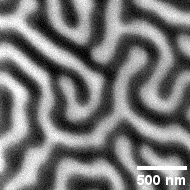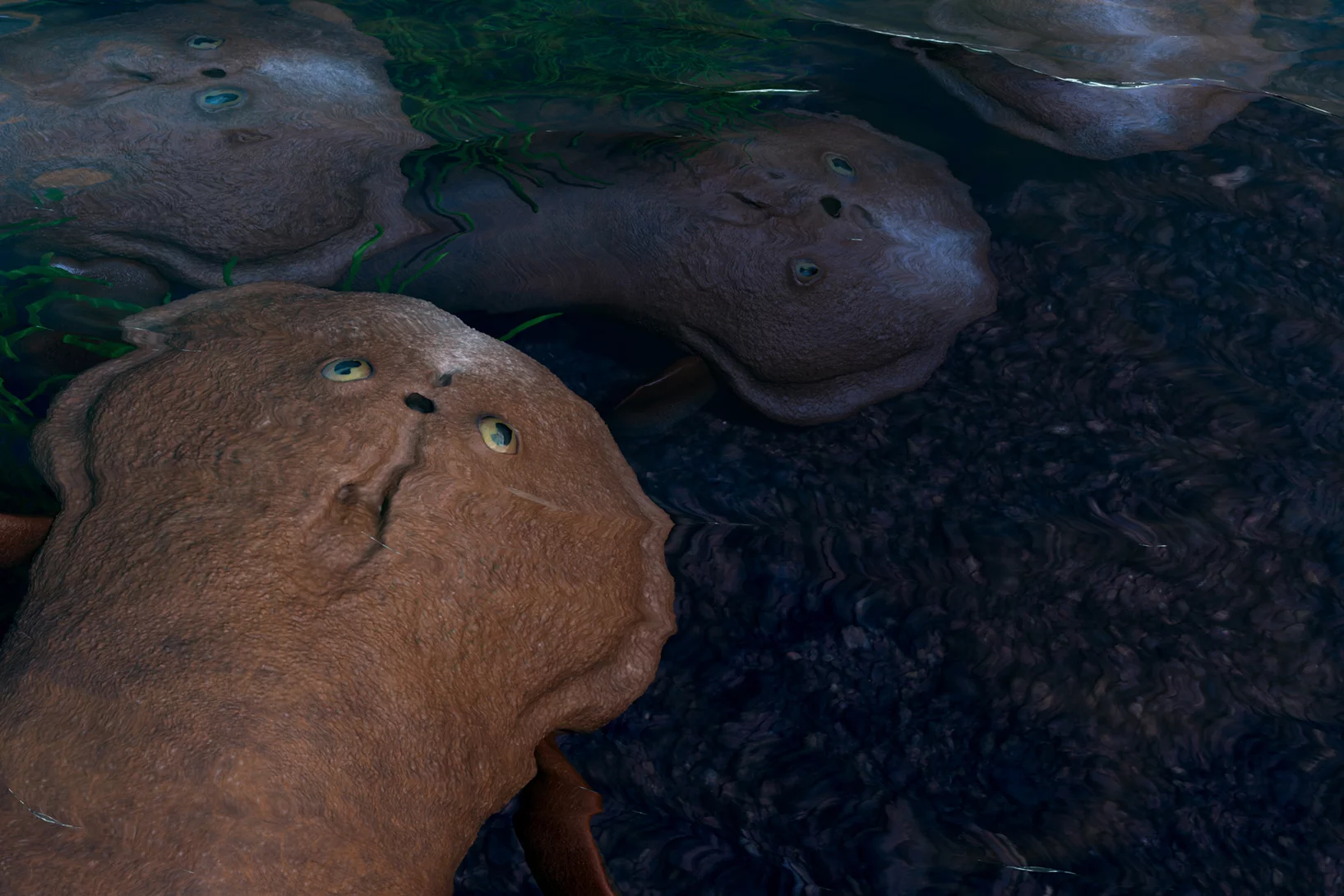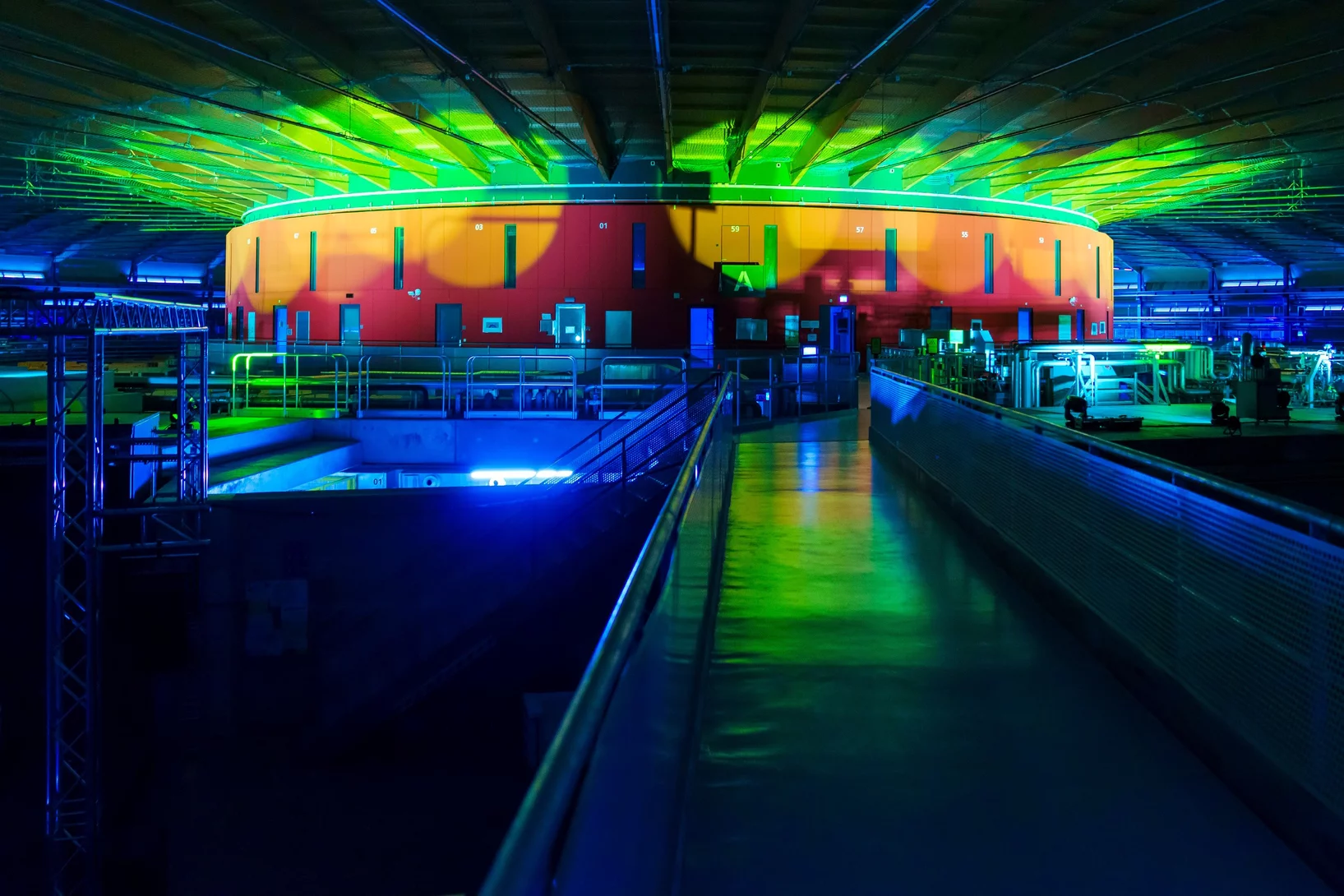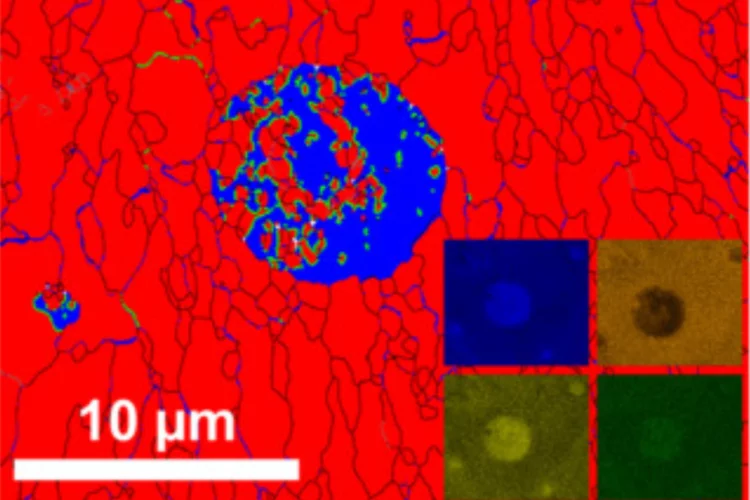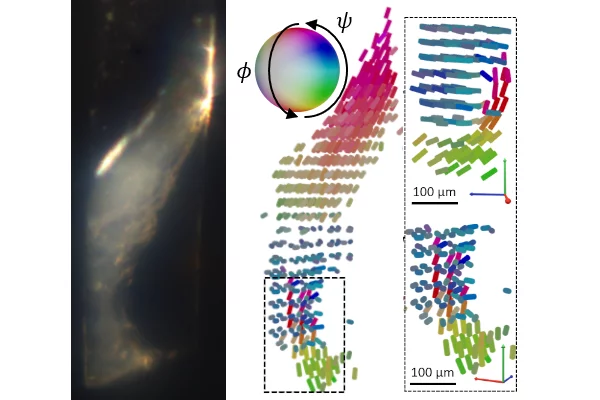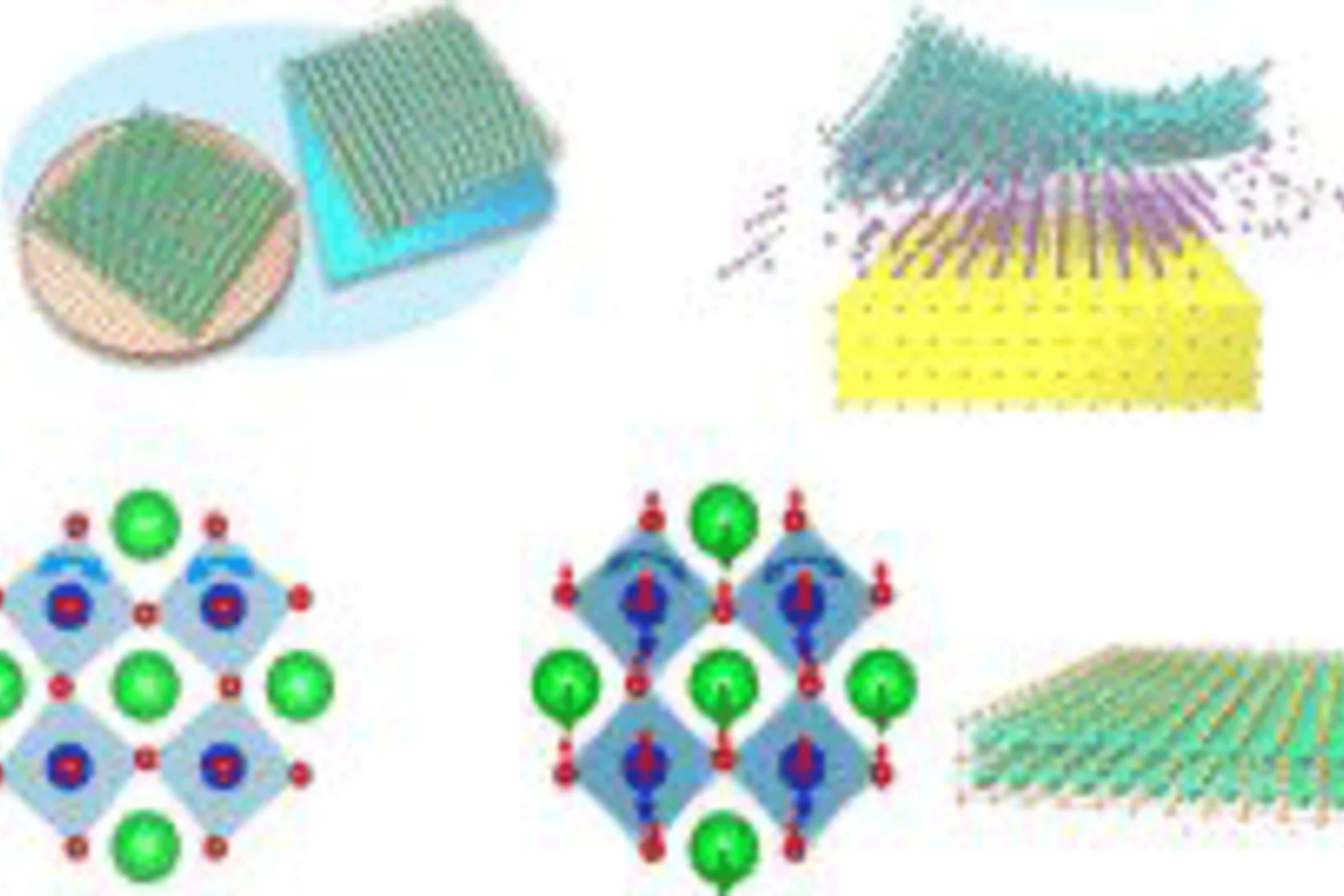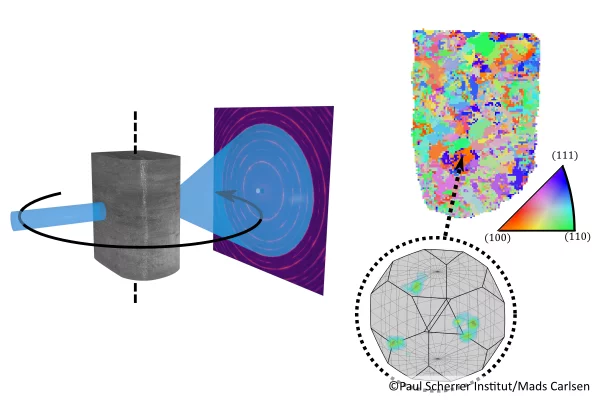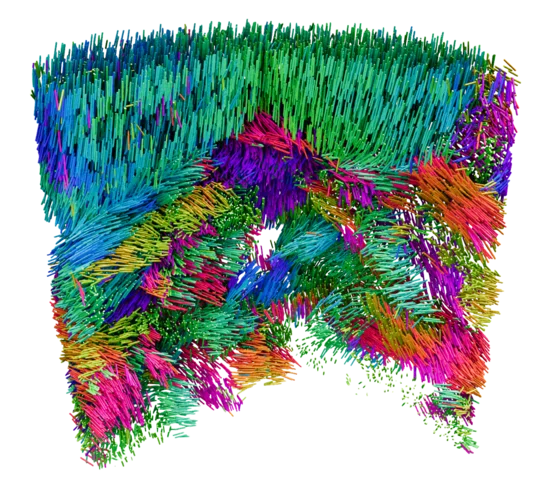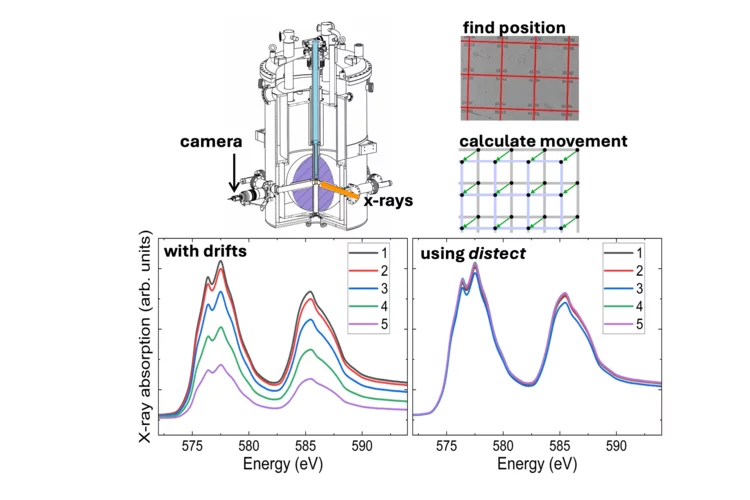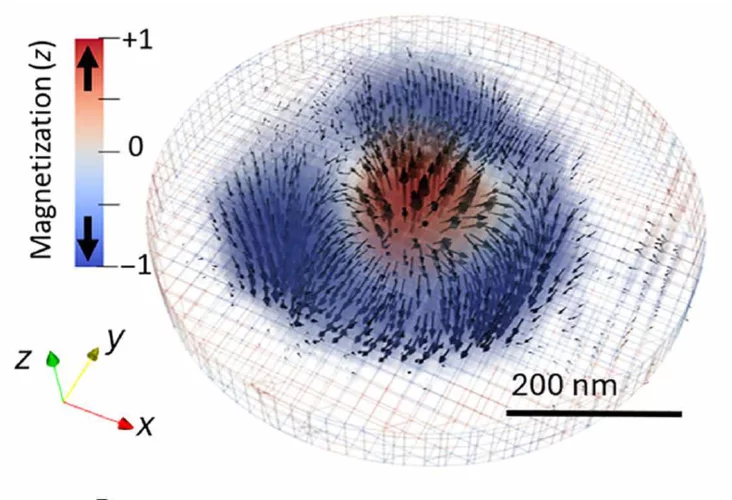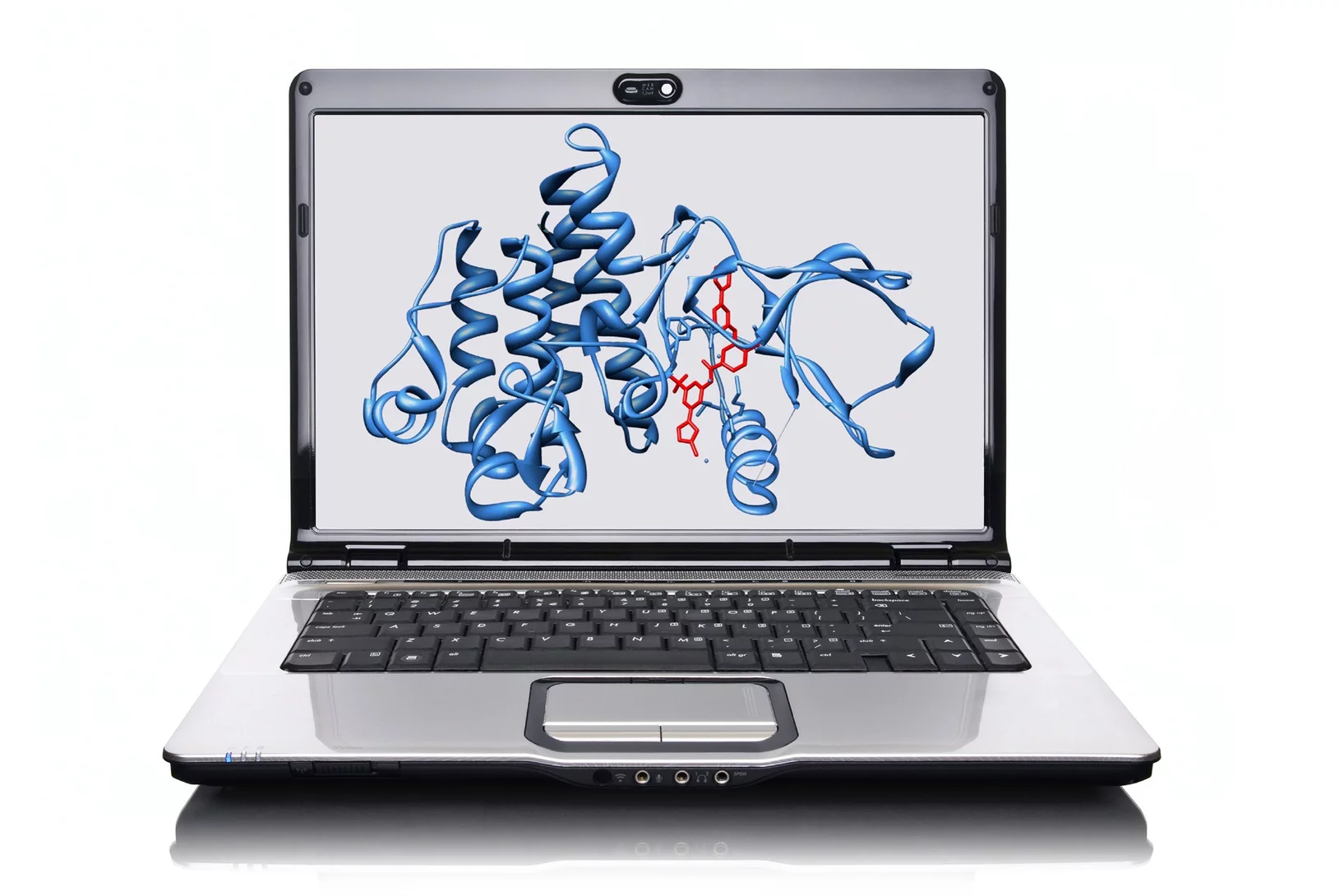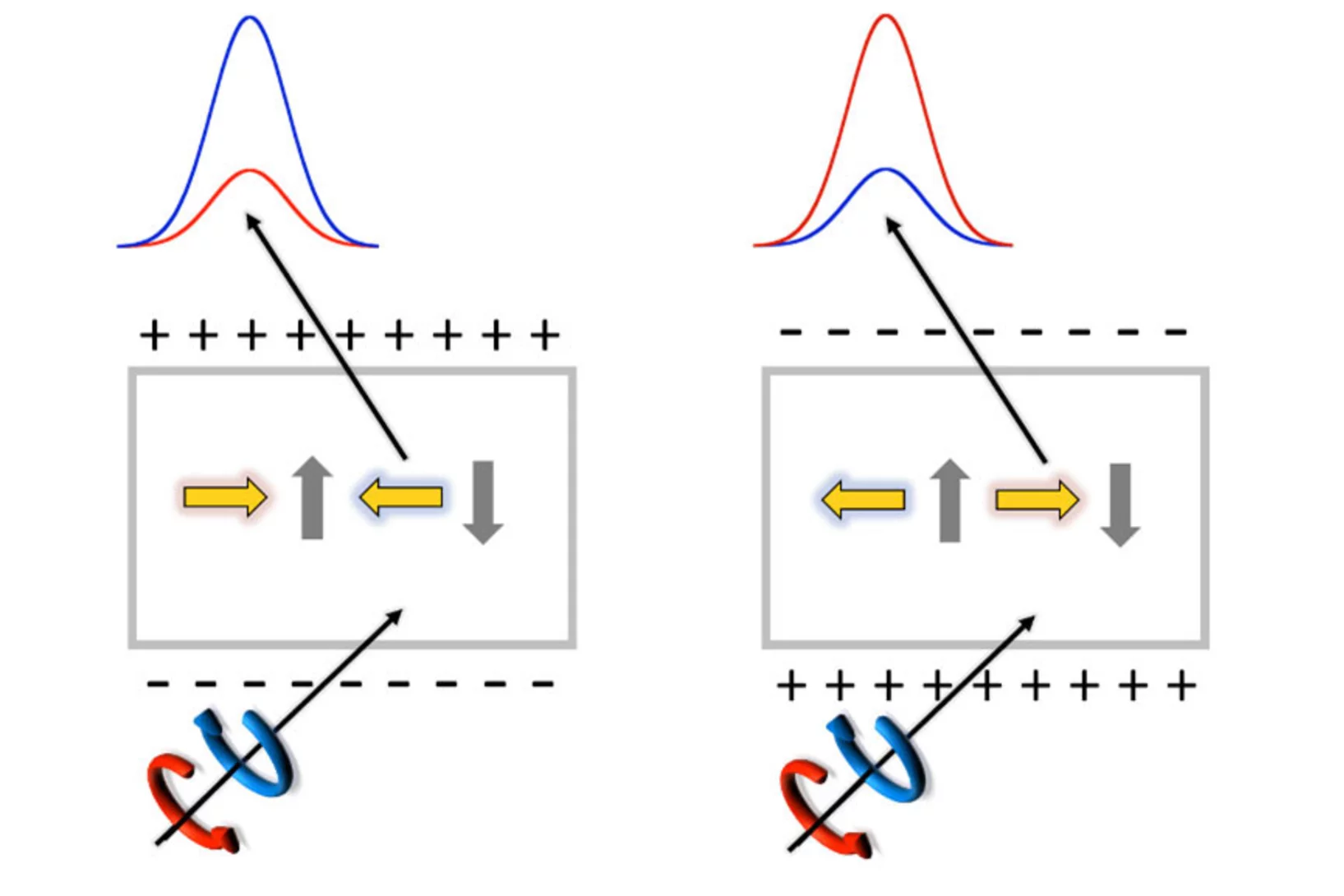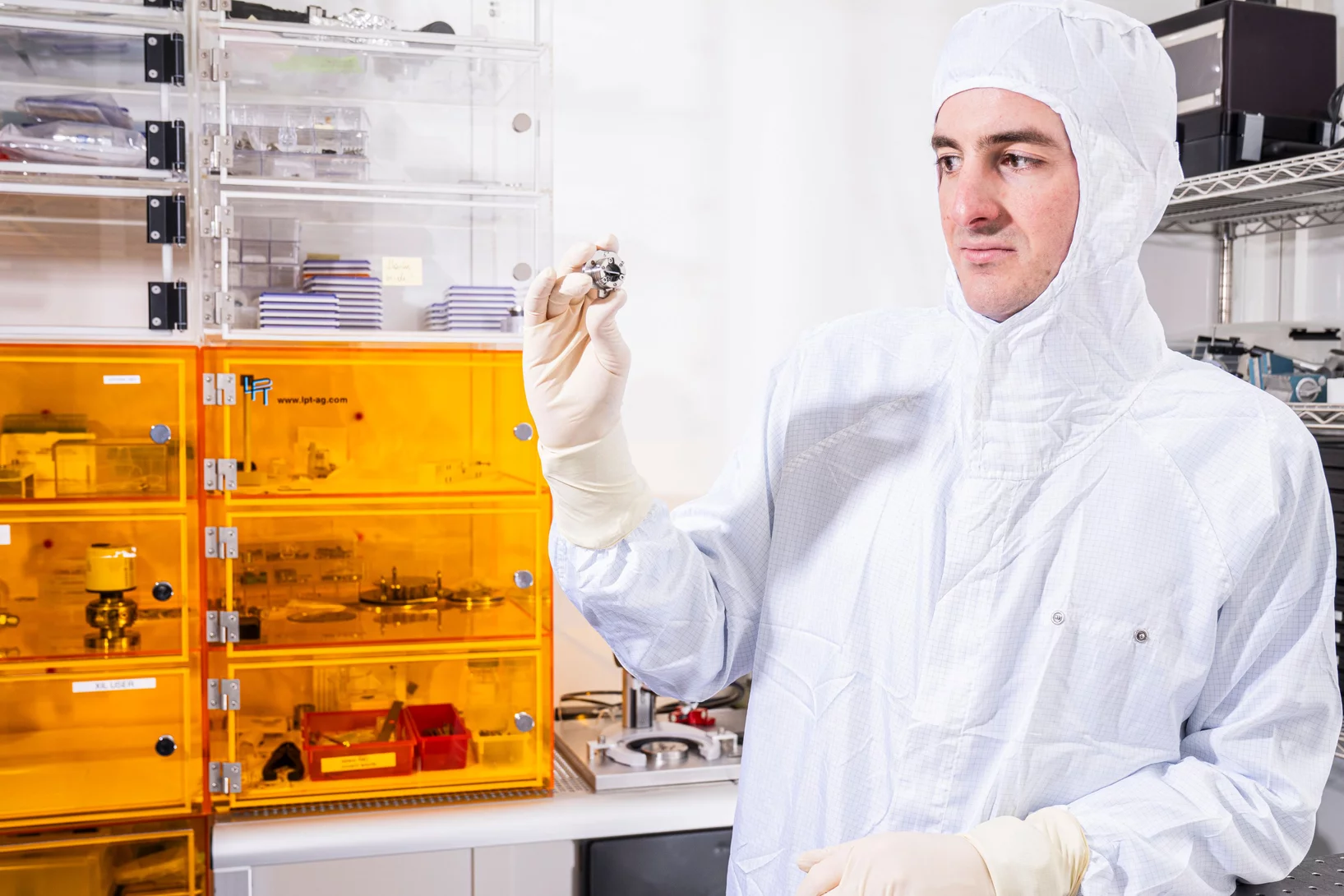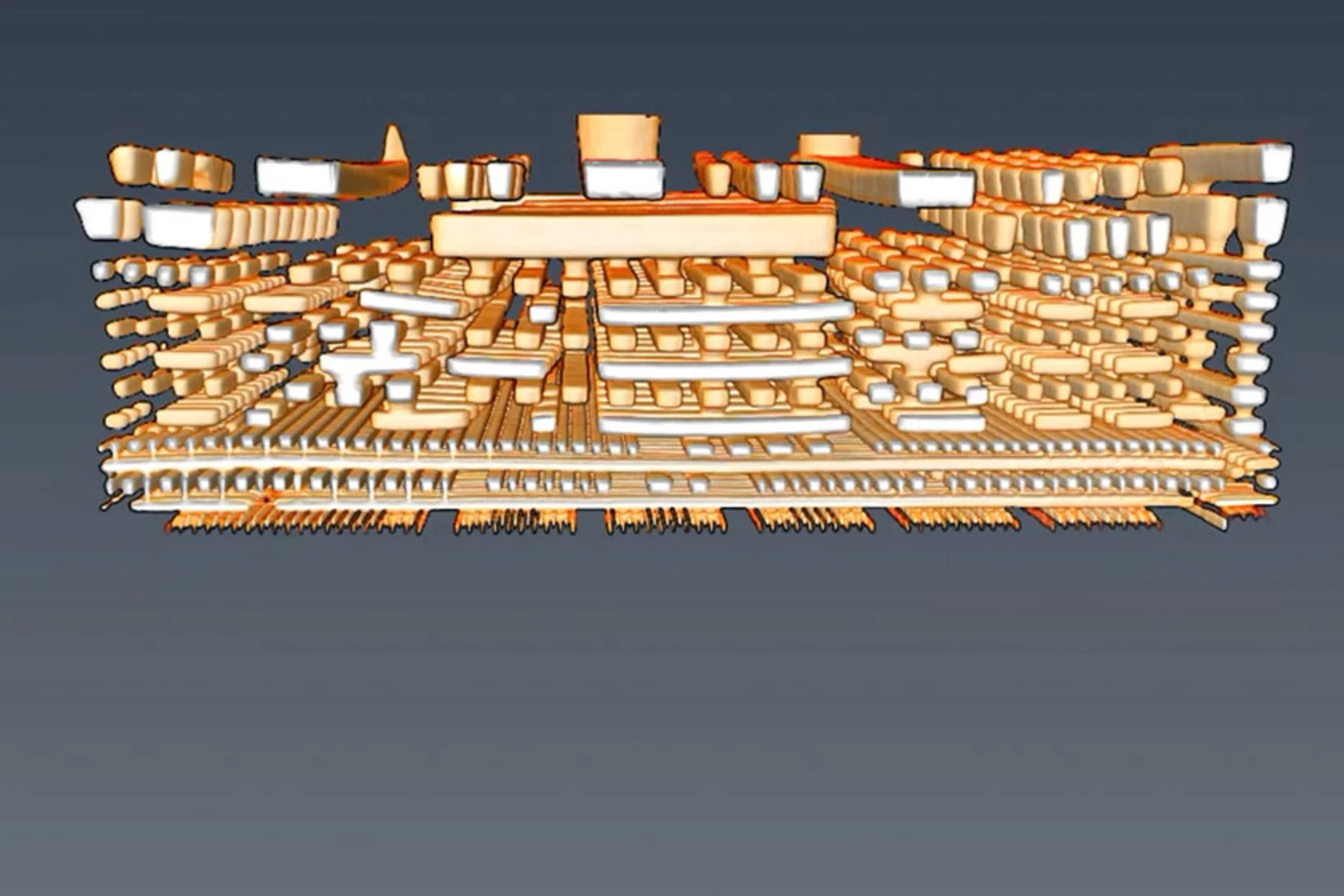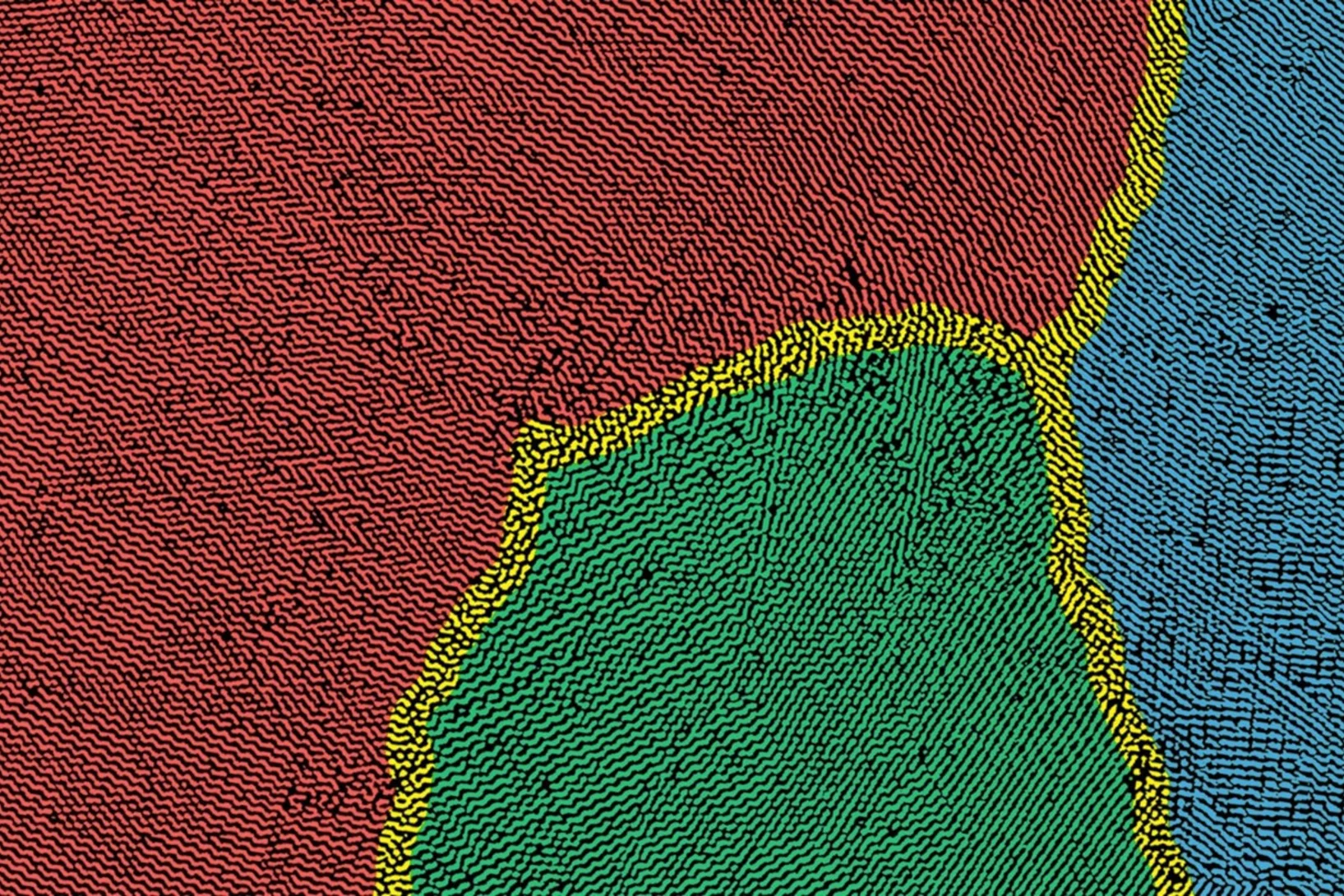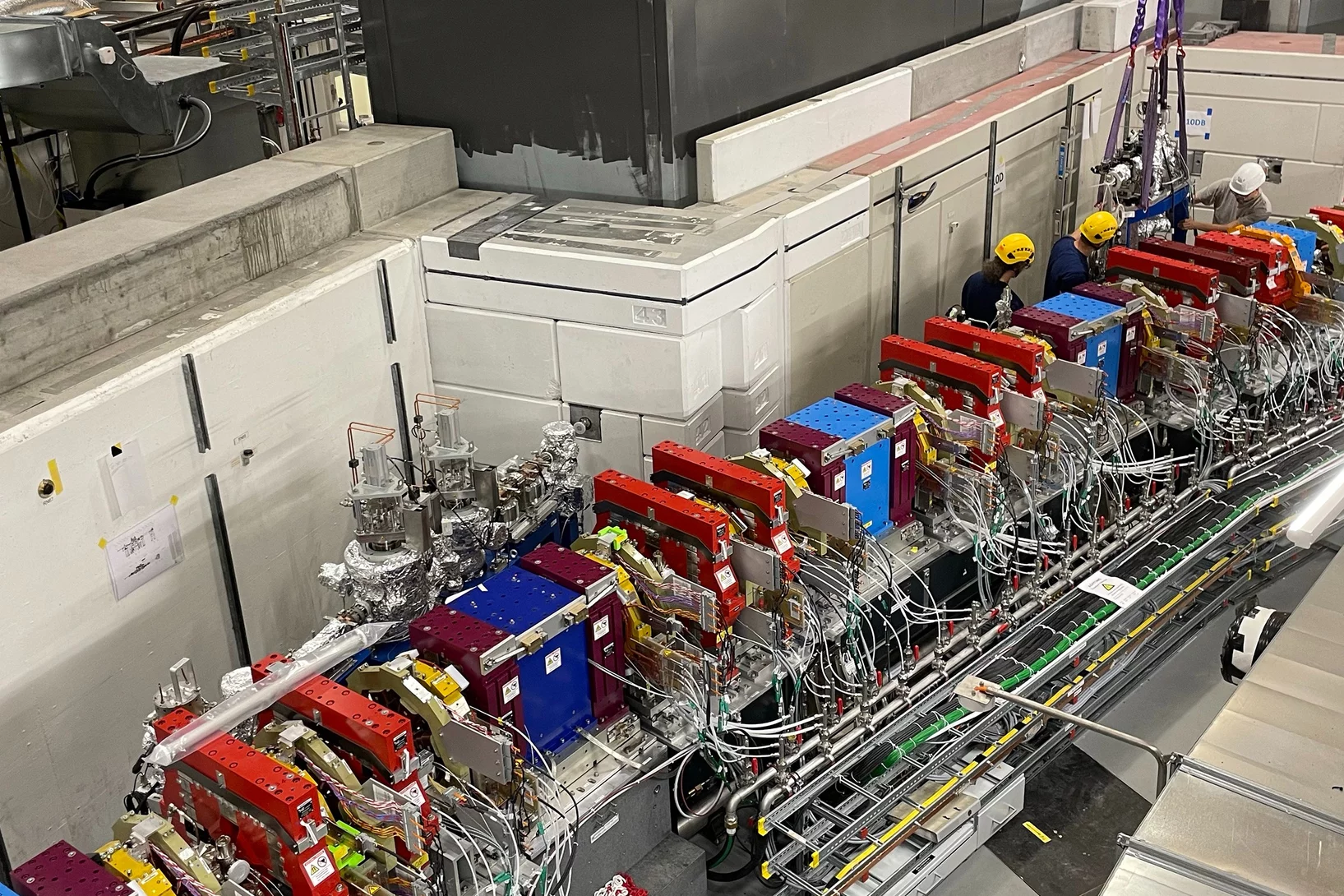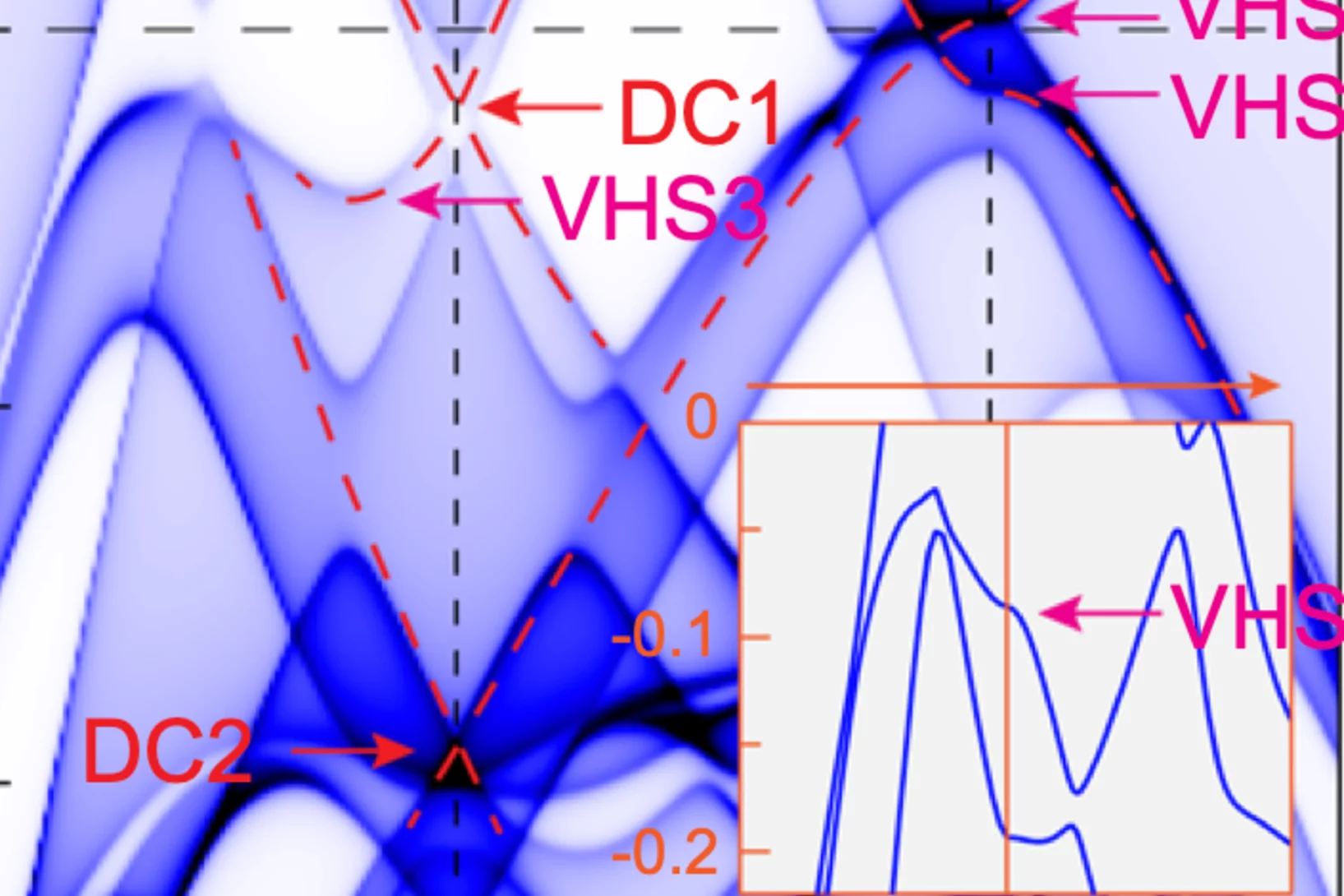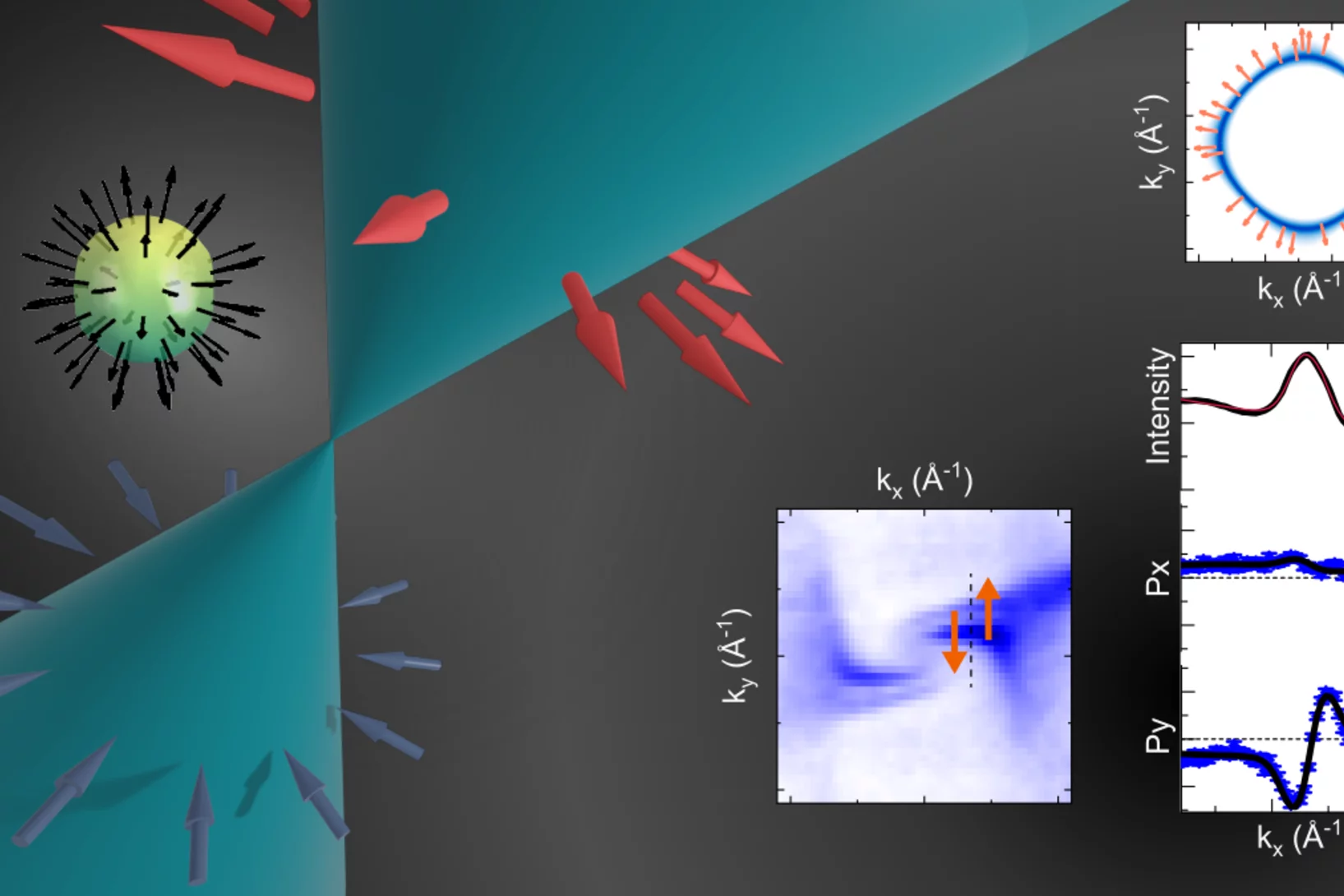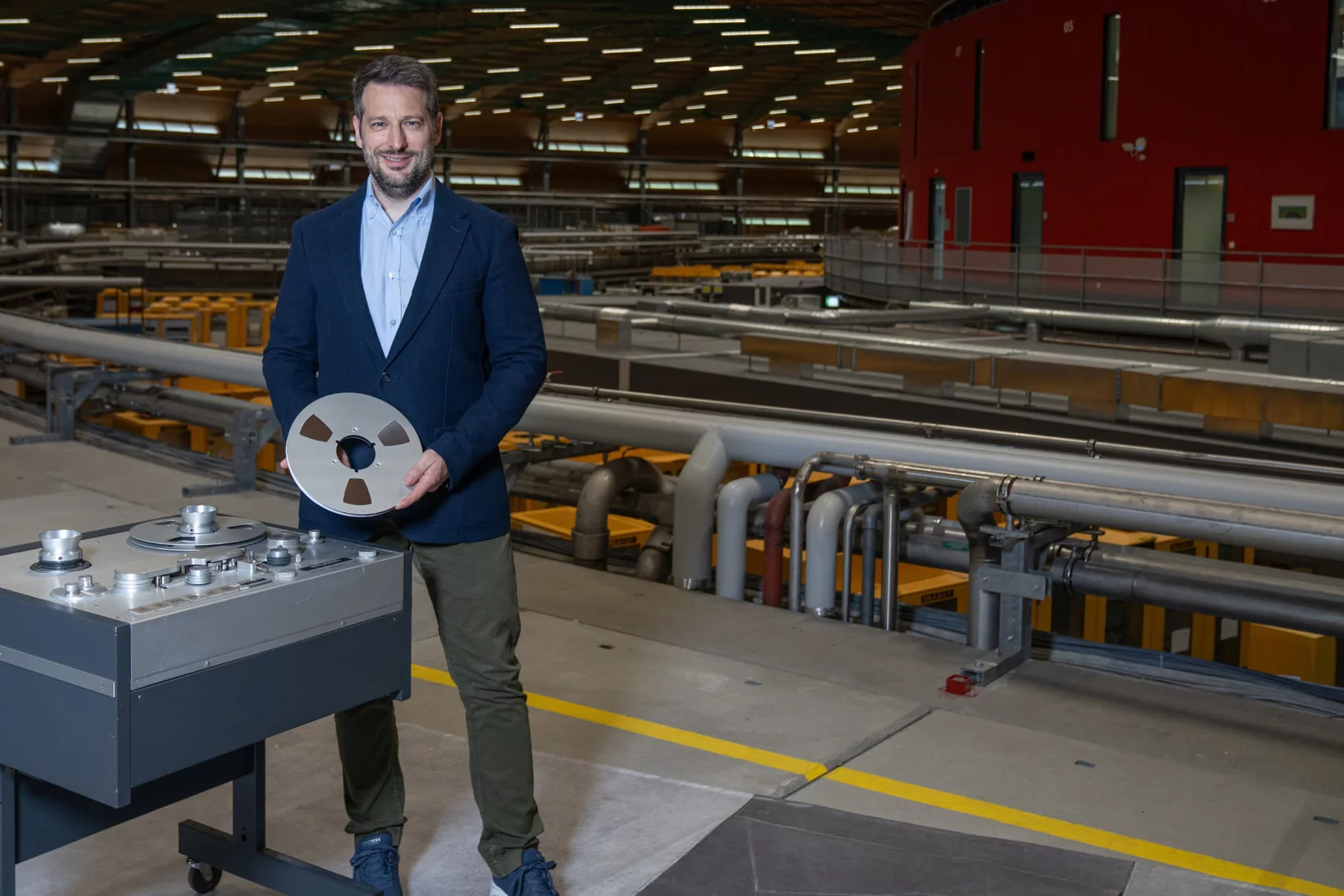Show filters
First magnetic image at PolLux with SLS 2.0
First magnetic image acquired at the PolLux beamline of the SLS 2.0 DLSR source
Big heart, acute senses key to explosive radiation of early fishes
X-rays of a 400-million-year-old fossil illuminate a key moment in our deep evolutionary past.
A bright light for Switzerland
The new Swiss Light Source is inaugurated
Machine Learning Accelerates Alloy Design for Additive Manufacturing
A new machine learning–designed alloy demonstrates how materials can be tailored for specific performance properties required in additive manufacturing.
X-rays reveal fossil stealth technology
PSI imaging helps to uncover the hunting strategy of a prehistoric predator.
Zinc detected in clogged syringes
With the help of researchers at PSI, ANAXAM has been investigating, on behalf of the pharmaceutical company MSD, whether zinc may contribute to clogging of pre-filled syringes.
Interfacial Phase Formation in 316L–CuCrZr Hybrids
In-situ X-ray diffraction reveals how phase separation and fluid flow shape microstructure in laser-welded multi-material metal builds.
Phase by Phase: How Stainless Steel and IN625 Solidify Together
Where steel meets superalloy: real-time X-ray snapshots reveal how composition and cooling shape metal during 3D printing
Aluminium made visible
PSI researchers have for the first time determined the exact position of the aluminium atoms in zeolites, which make these materials such good catalysts.
Nanostructure orientation in 3D with visible light by Tomographic Müller-Polarimetric Microscopy
We developed a new method, tomographic Müller-polarimetric microscopy (TMPM), that allows to retrieve at three-dimensional microscopic resolution the nanoscale structural information of the ultrastructure probed with polarized light in a non-destructive manner using a low cost and experimentally simple optical setup.
Antiferrodistortive and ferroeletric phase transitions in freestanding films of SrTiO3
Epitaxially grown thin films are commonly used to strain engineer electronic properties by the choice of a substrate, and therefore do not match bulk properties (leading to properties that deviate from the bulk material). Free standing ultrathin oxide films are expected to preserve the bulk-like properties due to the absence of substrate influence. However, we show that this expectation is not fulfilled with ultrathin free standing SrTiO3, as they get ferroelectric at 80K.
Mapping crystallite orientation in bulk polycrystals
A new experimental technique allows the orientation distribution of small-grained polycrystal materials to me mapped in 3D.
Mapping the Nanoscale Architecture of Functional Materials
A new X-ray technique reveals the 3D orientation of ordered material structures at the nanoscale, allowing new insights into material functionality.
Sample-position tracking using computer vision algorithms
In a collaboration between PSI and the Zurich University of Applied Sciences, a sample position tracking setup based on a computer vision algorithm was developed to automatically track the sample position. A factor of ten improvement on the overlap between consecutive x-ray absorption spectra was obtained when the automatic sample tracking was used.
Skyrmion topology quantified in 3D
Researchers from an international collaboration between the United States of America and Switzerland have performed three-dimensional magnetic imaging of a magnetic skyrmion using soft X-ray laminography. This allowed for the investigation, in three dimensions, of the topological profile of the magnetic skyrmions.
Unlocking the secrets of proteins
This year’s Nobel Prize in Chemistry goes to three researchers who have made a decisive contribution to cracking the code of proteins – important building blocks of life. However, developing applications from this knowledge, for example in medicine, requires research institutes such as PSI.
New Monochromators for SLS 2.0
The brand-new monochromators that have been built by XDS Oxford for the hard X-ray beamlines at SLS 2.0 have now arrived. They were unpacked beginning of the week, and are currently being tested in our new lab space at Park Innovaare. These advanced instruments will play a crucial role in enhancing the beamline performance, ensuring superior precision and efficiency in the upcoming experiments.
Elusive multiferroicity in RNiO3 perovskites
In our recent paper we examined YNiO3 and proved that the RNiO3 type material known for its metal-insulator transition is in fact a type II multiferroic. We provide direct evidence of an electric-field-driven switch of the noncolliear magnetic state finally confirming the proposed type II multiferroic nature of YNiO3.
Researchers show that computer chips have the potential to become even smaller
Researchers at PSI reach unprecedented 5 nanometres half pitch resolution with EUV lithography.
New X-ray world record: Looking inside a microchip with 4 nanometre precision
Researchers at PSI have succeeded in imaging the spatial structure of a computer chip with a record resolution of 4 nanometres using X-rays.
Nanoimaging Reveals Topological Textures in Nanoscale Crystalline Networks
X-ray nano-tomography reveals collective behavior in synthetic self-assembled nanostructures. The new method opens opportunities for the synthesis of photonic and plasmonic materials with improved long-range ordering.
Installation of the first two front ends for the SLS2.0 completed
At the Swiss Light Source SLS of the Paul Scherrer Institute, another important step has been taken towards the completion of the SLS 2.0 upgrade project.
Phonon promoted charge density wave in topological kagome metal ScV6Sn6
Charge density wave (CDW) orders in vanadium-based kagome metals have recently received tremendous attention, yet their origin remains a topic of debate. The discovery of ScV6Sn6, a bilayer kagome metal featuring an intriguing √3 × √3 × √3 CDW order, offers a novel platform to explore the underlying mechanism behind the unconventional CDW. Here we combine ...
Weyl spin-momentum locking in a chiral topological semimetal
Spin–orbit coupling in noncentrosymmetric crystals leads to spin–momentum locking – a directional relationship between an electron’s spin angular momentum and its linear momentum. Isotropic orthogonal Rashba spin–momentum locking has been studied for decades, while its counterpart, isotropic parallel Weyl spin–momentum locking has remained elusive in experiments. Theory predicts ...
Fundamentally different
Artificial intelligence is helping to evaluate an unimaginably vast amounts of data efficiently and exploit the facilities’ full potential for research.
Rescuing music with X-rays
SLS plays the King of the Blues – B.B. King! In collaboration with the Montreux Jazz Digital Project, historic audio tapes are being digitised at PSI.
What will the SLS 2.0 upgrade mean for experiments?
Tighter beams, brighter light and extended photon energies open new experimental possibilities.
Making powerful lithium-air batteries suitable for everyday use
Chemical processes in lithium-air batteries revealed using neutron beams and synchrotron light.
Flat-band hybridization between f and d states near the Fermi energy of SmCoIn5
We present high-quality angle-resolved photoemission (ARPES) and density functional theory calculations (DFT+U) of SmCoIn5. We find broad agreement with previously published studies of LaCoIn5 and CeCoIn5, confirming that the Sm 4f electrons are mostly localized. Nevertheless, our model is consistent with an additional delocalized Sm component, stemming from hybridization between the 4f electrons and the metallic bands at “hot spot” positions in the Brillouin zone.
Cause of clogged hypodermic needles discovered
Researchers at PSI and the ANAXAM technology transfer center have found the cause of clogging in prefilled syringes.
PSI Scientific Reports
Archive 2006-2012. The Scientific Reports – containing accounts of research topics from all the different areas – provide an impression of the variety of subjects researched at PSI.
